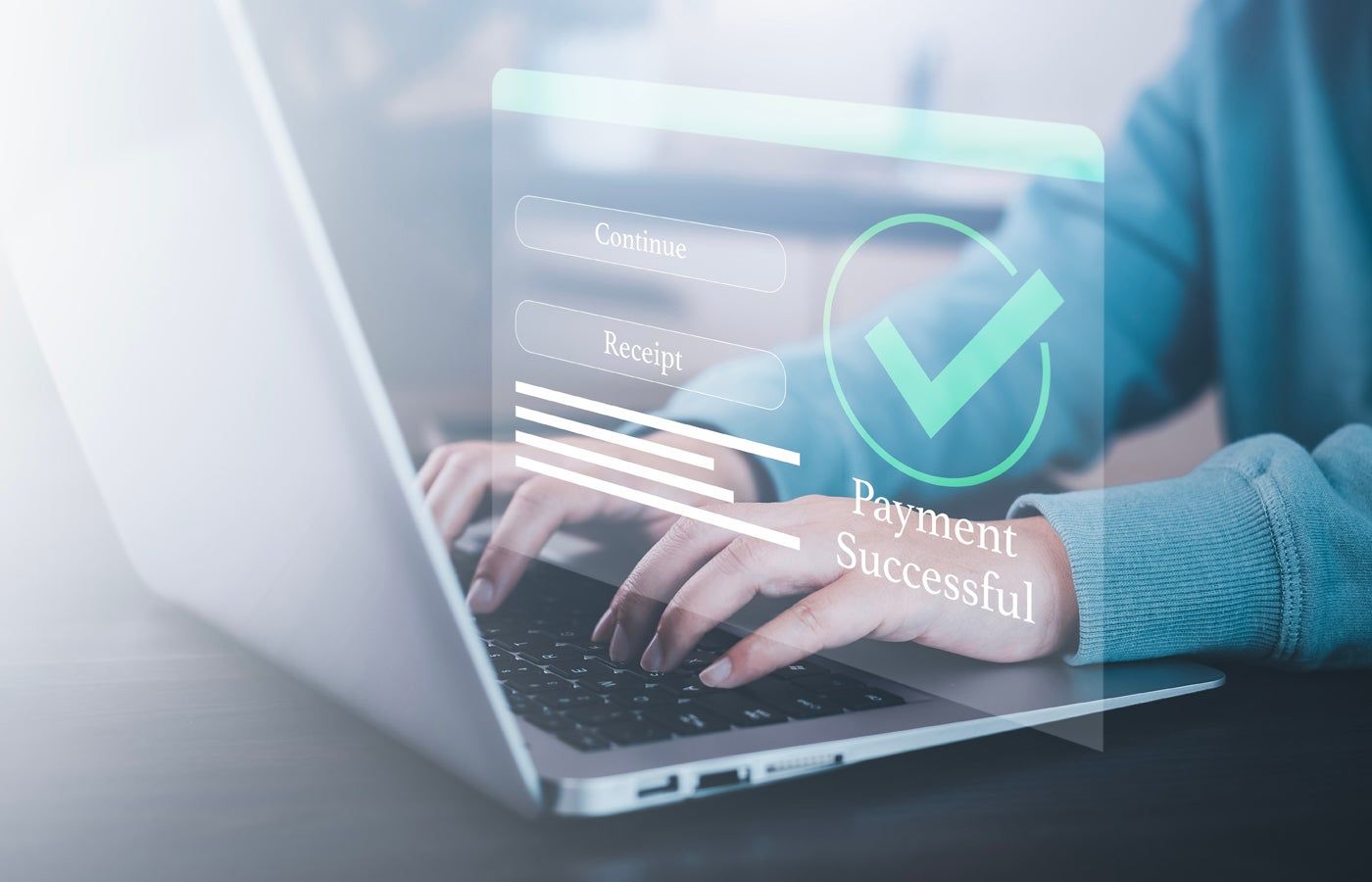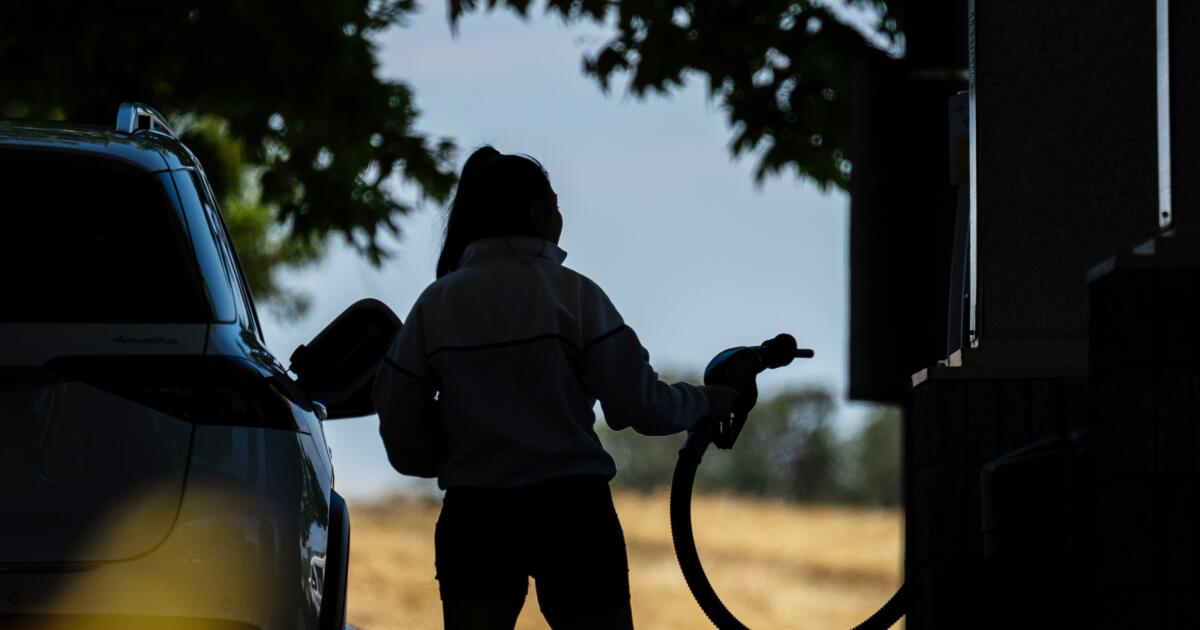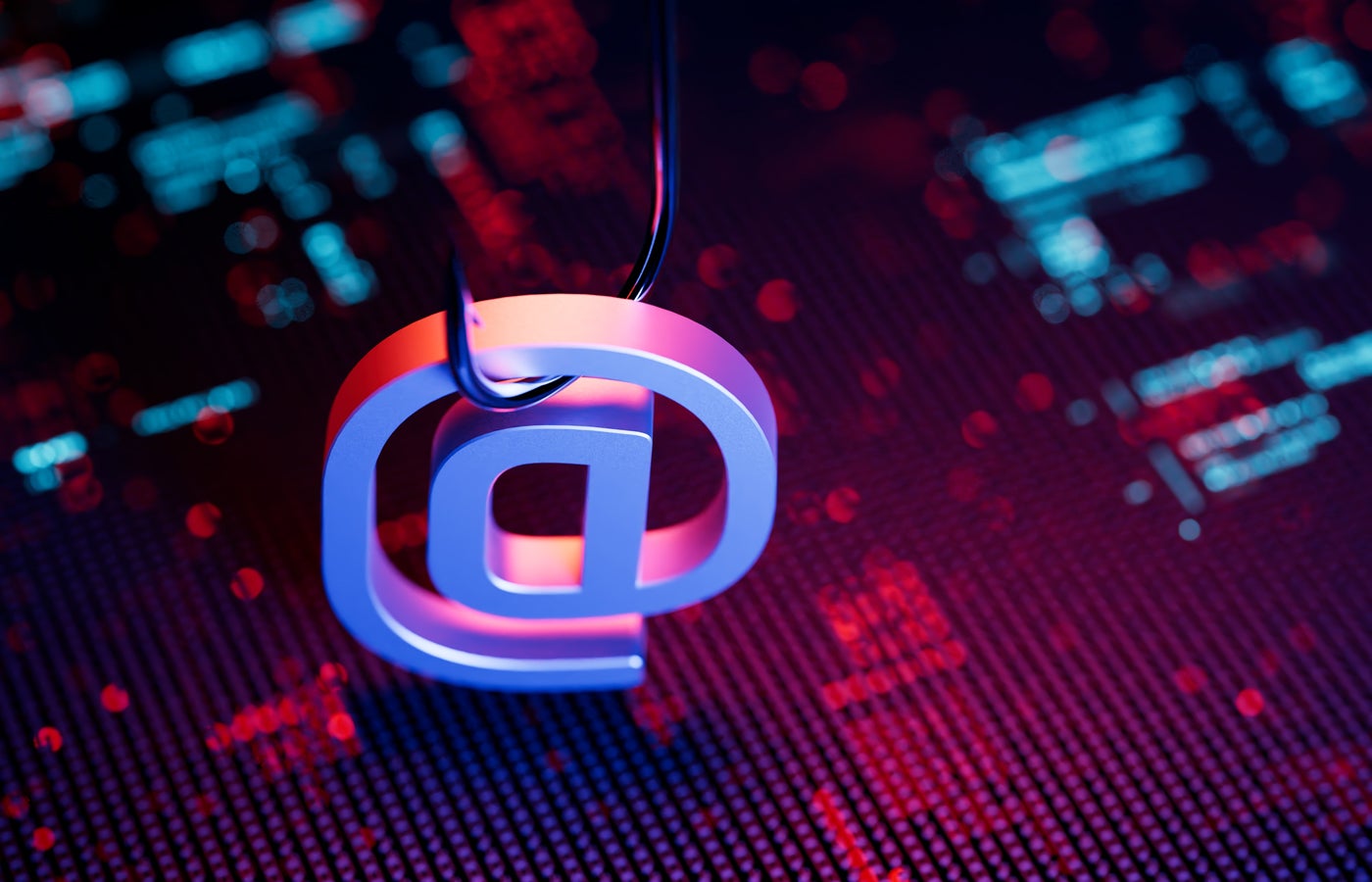Historically, customers had to manually enter their bank or credit card information on an online payment page. A variety of online card and direct banking payment methods are now available that dramatically improve the customer experience by reducing friction and shortening transaction times.
As convenience remains a crucial factor in increasing online conversions, it is important for small businesses to explore more online payment options to remain competitive.
Consider testing the following online payment methods on your website:
- Mobile wallet payments.
- Banking app payments.
- Biometrics-based payments.
- Buy now, pay later (BNPL).
- Cryptocurrency.
1. Mobile wallet payments
Mobile Wallet is a digital payment application created by independent FinTech developers that can securely store banking and card information from any brand for purchases on any website.
Users download a mobile wallet app to their smartphone or use a pre-installed one, such as Apple Pay, on iPhones, and save bank or card details. To complete a payment, the customer only needs to look for the mobile wallet brand on their checkout page, enter their login details (often using facial recognition if using a smartphone) and confirm the payment.
Mobile wallet payments are more secure because customers do not need to manually enter their payment information on the website.
Characteristics: Transaction fees: can be expensive; Popularity – very popular; Comfort – excellent
Popular mobile wallets on the market are:
- PayPal
- apple payment
- google pay
- Samsung Payment
Read more: How to accept credit card payments online for free.
2. Payments through banking applications
Banking app payments are a kind of digital wallet developed for a specific banking brand. Customers with a banking app can store bank payment information and co-branded cards and make payments on any website. Like mobile wallets, a banking app allows customers to pay on any website without having to manually enter payment details.
Customers can complete payment by choosing their banking app brand from the available payment methods at checkout and entering the linked email address or mobile phone number. They will then receive a confirmation code, which they can use to confirm the transaction.
Characteristics: Transaction fees: can be expensive; Popularity – growing; Comfort – excellent
Examples of banking applications are:
- Mobile chase.
- Capital One Mobile.
- Banco de América Móvil.
- US Bank Mobile Banking.
3. Biometric payments
Biometric payments use biometric features such as fingerprints, iris scans, facial recognition, and voice recognition to authorize a payment instead of PIN codes and passwords. For online purchases, fingerprint and facial recognition are commonly used to confirm digital wallet payments, while voice confirmation is available in the Alexa app.
To use biometrics-based payments, customers save their biometric data in an app, much like digital wallets, which is then tokenized for security. To complete the transaction, customers simply scan their fingerprints or face or say, “Alexa, order items in my shopping cart.”
Characteristics: Transaction fees: can be expensive; Popularity – growing; Comfort – excellent
Popular payment apps that use biometric payments include:
- Amazon (Alexa).
- Apple Pay.
- Google Pay.
- PayPal.
4. Buy now, pay later (BNPL)
BNPL is also a software application that allows customers to pay for their online purchases in installments, while merchants still receive the full proceeds of the sale in advance. The BNPL company deducts installment payments from the customer's preferred source (credit card or bank). The BNPL app typically integrates directly into an e-commerce website's checkout process and can connect to a customer's digital wallet app.
Customers can use BNPL while paying online by entering their card or banking information at an e-commerce checkout and clicking on the BNPL option or choosing the BNPL option in the digital wallet while completing the payment.
Characteristics: Transaction fees: expensive; Popularity – very popular; Comfort – excellent
Popular BNPL providers include:
- After paying through Square.
- PayPal pay later.
- Buy Pay Installments by Shopify.
- Klarna.
5. Cryptocurrency payments
Despite obstacles due to regulatory concerns, there is growing interest in using cryptocurrencies as an online payment method. Microsoft, Amazon, and AT&T have been accepting popular cryptocurrencies like Popular Bitcoin (BTC) and Ethereum (ETH) for a while now. You can accept cryptocurrency payments on your website with a cryptocurrency payment gateway.
Consumers have their own crypto wallets, which they use for online transactions, much like a regular mobile wallet. At checkout, customers can choose the crypto payment gateway brand on their website. They will then enter their crypto wallet login details and choose the cryptocurrency to spend. The gateway calculates the conversion exchange rate and displays the final amount. Once the customer clicks the “Pay” button, the transaction is complete.
Characteristics: Transaction fees: can be expensive; Popularity – growing; Comfort – good
These are the most popular crypto payment gateways you can use:
- PayPal.
- Coinbase Trading.
- BitPago.
- Coins paid.
Read more: Best crypto payment gateways
How to set up online payment methods
With the right payment processor, you can set up your online payment method with just a few clicks. Below are general steps to add a payment method to your online payment. However, some methods like cryptocurrencies, banking apps, and BNPL may require additional steps.
On your website
- Connect a payment processor.
- Go to your website's checkout page settings.
- Choose payment methods.
- Click on your preferred payment methods.
- Save your settings.
If you're using a modern website builder, often payment processing will be built-in or integrated with a single click. And mobile wallet payments like Apple Pay are often an option that you can simply turn on or off, with no additional steps required.
About digital invoices
- From your merchant account or billing software login, go to invoices.
- Create an invoice or invoice template.
- When prompted, add your preferred payment methods.
Read more: The best billing apps for freelancers
In paid links
- From your merchant account login, go to the virtual terminal or click “collect a payment”.
- Choose between a payment button or a shareable payment link.
- Fill in the necessary information such as customer, product, and total amount due.
- When prompted, add your preferred payment methods
Read more: The best commercial services
How to choose the right online payment method for your business?
The best online payment method for small businesses should be a combination of two or more, not just one, and should consider the balance between customer convenience and cost of sale. To do this, analyze the payment preferences of your current online customers and ensure you have the most popular payment methods available.
For example, younger customers may want to try BNPL payments to manage their cash flow, and some may be interested in using cryptocurrency. Meanwhile, other demographics may want to use a familiar mobile app like PayPal. B2B customers may prefer a banking app to pay directly from their checking account.












